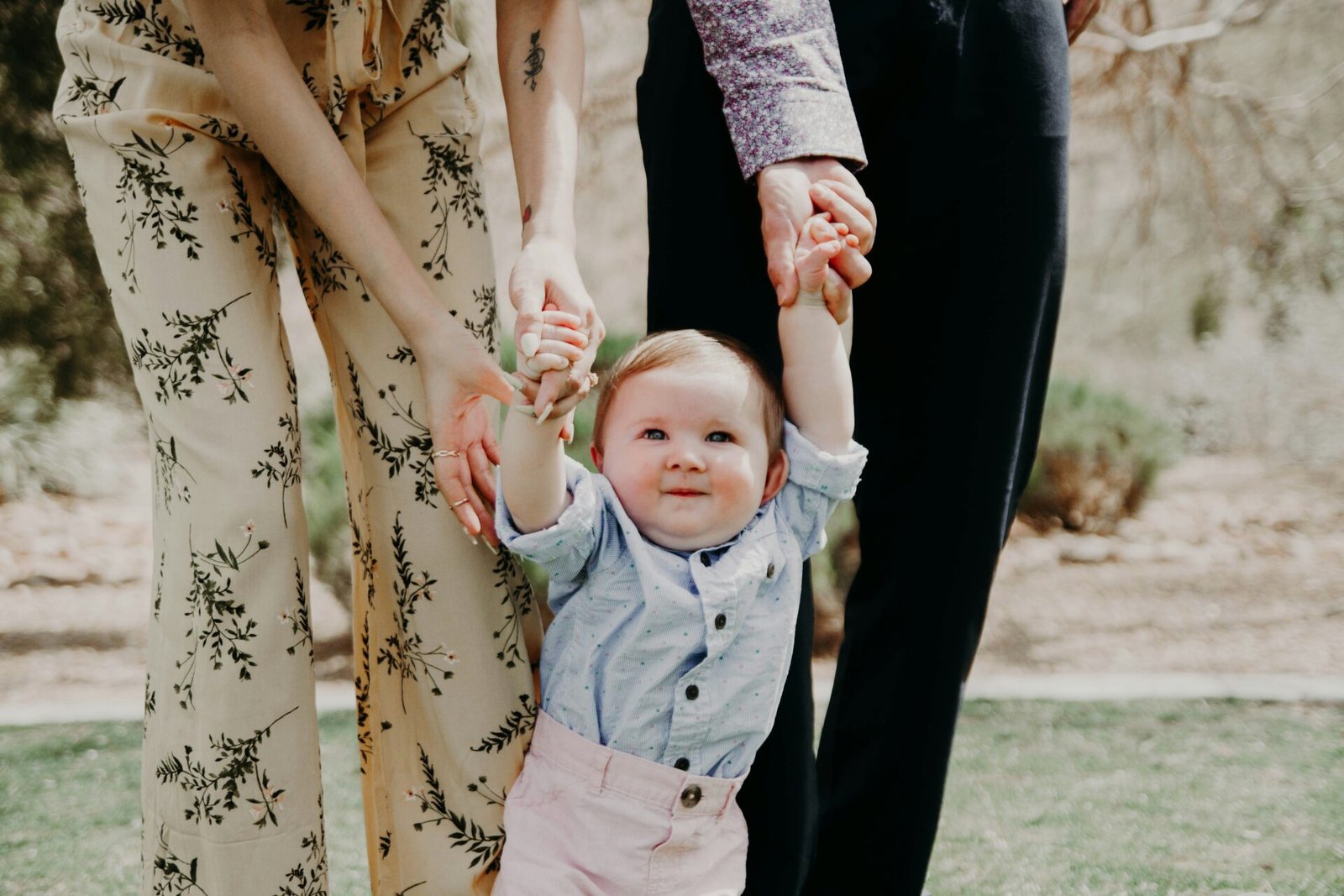How to be in shape after a period of no physical activity or childbirth.
Diaphragmatic breathing
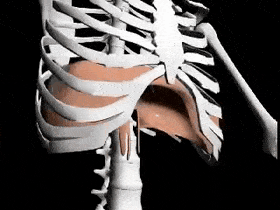
Since late childhood, I had the feeling that I was breathing somehow wrong. But how one earth one can breathe wrong, I thought. And then I grew up and learned that from birth babies breathe properly – with diaphragmatic breathing, and then stress after stress they become adults, constrict the abdomen, and begin to breathe through the chest, or blow their stomach while breathing in. Maybe that is exactly how we become adults – by stopping breathing?
Chest breathing – shallow, fast, absent. Abdominal breathing – deep, balanced, present. The habit of breathing through the chest leads to hypoxia, shortness of breath, heart disease, poor metabolism, obesity.
Diaphragm
The diaphragm should ideally gently massage the internal organs, saturate the body with oxygen, normalize bowel function, which in turn helps, for example, to close diastasis recti.
During pregnancy, it’s recommended to breathe through the diaphragm, because it helps to align the birth canal, expand the pelvis, improve blood supply to the placenta.
And after childbirth, this is one of the first exercises to do, the perfect stress reliever and generally the best friend of mom.
Inhale, feel the chest expand, and then the ribs, exhale, trying to relax the abdomen. In this case, the lower abdomen should ideally always remain in a light tone. But this may be the subject of another lesson, so for now let’s breathe, without tension, let’s observe ourselves.
A child is a perfect yogi
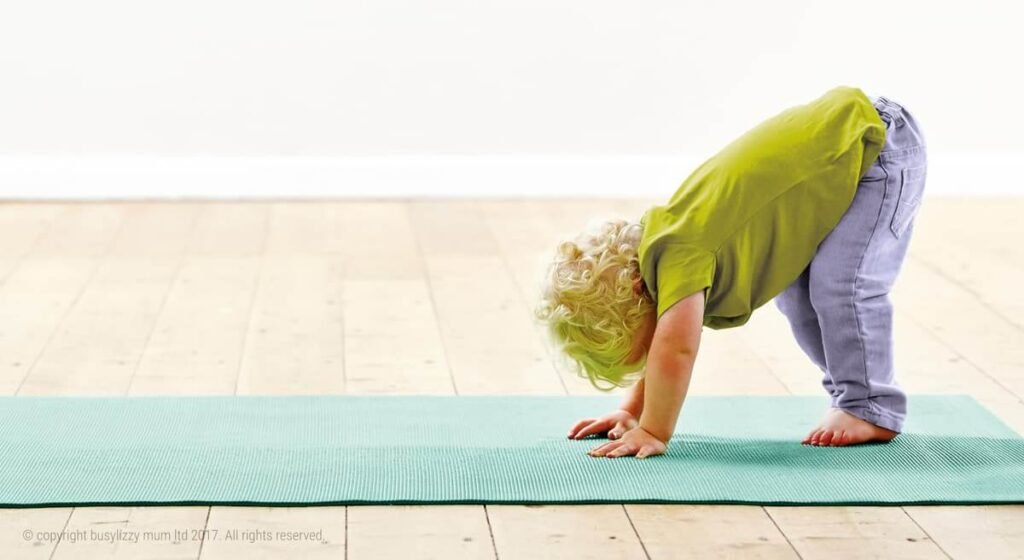
Being a mother means that you are lucky to have an example of perfect yogi just under your nose. We can learn not only diaphragmatic breathing from a baby.
A baby wakes up and gives themselves time: to lie longer, stretch well, be here and now – something long time back forgotten by adults. A baby doesn’t move like a robot, but always smoothly, plastically and fearlessly, like an acrobat. A baby gets up from their side – a necessary skill when you have diastasis and during postpartum recovery in general. A baby holds their fingers firmly on the ground. A baby has a perfect posture – standing, sitting. The last fact that shocked me: a baby naturally lifts the load correctly, with squatting. And most importantly – a baby knows how to relax. Whoever has the opportunity, watch your children (babies, toddlers) – how lucky we are to have such an example!
As we grow older, we learn to hold on, so we must learn to move consciously. This practice, firstly, helps to gather and be here and now, and secondly – a nice bonus – it may become a habit.
It’s also useful to monitor the tension in the body and relax. If a particular place is tensed, it’s helpful to strain it even more – by force of will or from the outside (to press and hold) – and then to release. This is especially important for mom, because mom is being in constant tension.
Diastasis recti and other postpartum problems

Why did I stop doing anti-diastasis marathons and do concentrated on postpartum recovery in general – because I came to the conclusion that diastasis is an elephant made from a fly.
Not in the sense that it does not exist, but in the sense that it’s rather the norm after childbirth. It’s logical that the muscles diverge to make room for the baby, it’s logical that they need time to come back, it’s logical that the muscles are weakened after birth and need a special approach. But the truth is that the body is one, and all those postpartum problems (diastasis, organ omission, hemorrhoids, urinary incontinence, back pain, etc.) actually all need the same solutions: it’s necessary to restore breathing and posture, strengthen the pelvis, strengthen deep abdominal muscles, strengthen the whole body, and the main thing – do it delicately.
There is a level of diastasis at which exercise doesn’t help, but it’s rather an exception. Muscles often converge on their own, sometimes needing help. One thing is for sure: after childbirth, a woman’s body is no longer what it was before childbirth, and of course it must be accepted and loved, but it must also be taken extra care of.
How to improve your routine
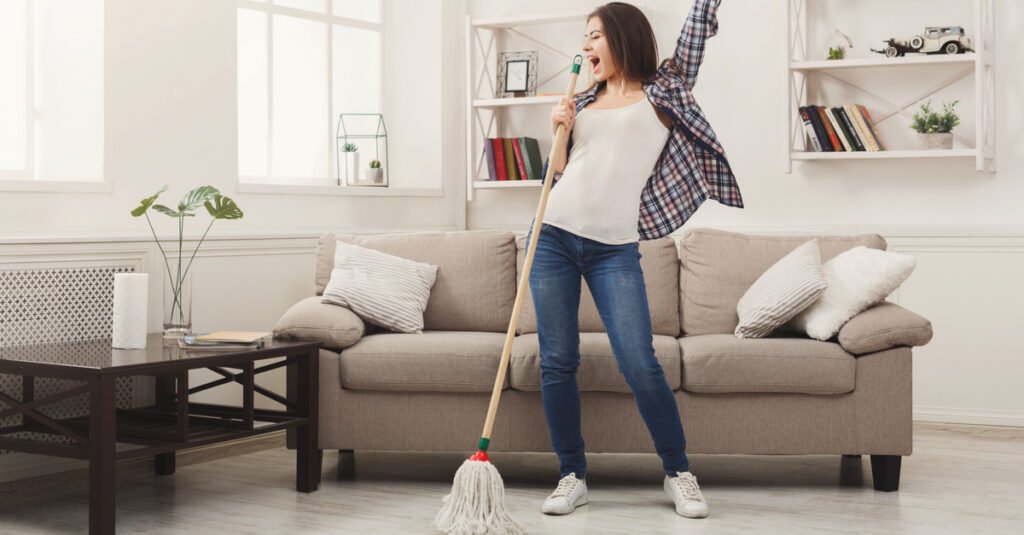
Sitting at home with babies and cleaning has a negative effect on our bodies, it’s a fact. But that’s not another reason to eat pastries due to the stress, no, it’s just another thing to pay attention to.
Pulling the neck into the phone, leaning to the child, to the dishes, to the vacuum cleaner, eyes down, head down, cheeks crawling, wrinkles on the neck, crooked posture, back pain. What to do with that?
- Restrict the phone.
I understand perfectly well what a phone means to mom, but the truth is that in addition to spoiling the posture, it drains our energy, especially when we combine it with a child’s presence (stress of constant distractions). Do digital detoxes, or set aside certain hours for use (avoiding those before bed); try to keep it with the neck straight (standing or sitting) or relaxed (well-placed lying or sitting), the chin is raised (to avoid wrinkles on the neck and triple chin), and the gaze is directed upwards (to avoid wrinkles on the face) .
- Dance at the sink.
Cranes are usually positioned so that we keep the body in an unnatural tilt forward, creating a load on the back. We also squat on one leg and tilt our head down. You can try to perceive washing dishes as a workout and self-control training: keep track of what we do with our bodies, try to correct posture, look straight (whether clean dishes are palpable to the touch, you don’t need to stare at it), and you can dance and tighten the tummy to balance the load on the back; you can play with the movement, instead of freezing motionless, fixing all the wrinkles, slippery cheeks and crooked posture.
- Dance with a vacuum cleaner.
The same here. To move with a sad face in a half-frozen position is one thing. Dancing and moving the whole body is a completely different thing. If you also insert some cheerful music into one ear, it’s an additional relief. In general, I notice a striking difference in our everyday life with music and without.
- Look at the child from below.
While playing, we often put our chins on our chests again, because the child is lower than us. You can try to lie down and look at the child from below, while giving rest to himself and his exhausted back. You can quietly do exercises for the back, or involve a child in them as a game.
- Exercise anytime, anywhere,
without waiting for a special time for a workout, because most likely it will never be found. Listen to your body.
The most important exercises
Here are some exercises I want to highlight as especially important for health.
1️⃣ Diaphragmatic breathing
2️⃣ Kegel exercises / Bridge
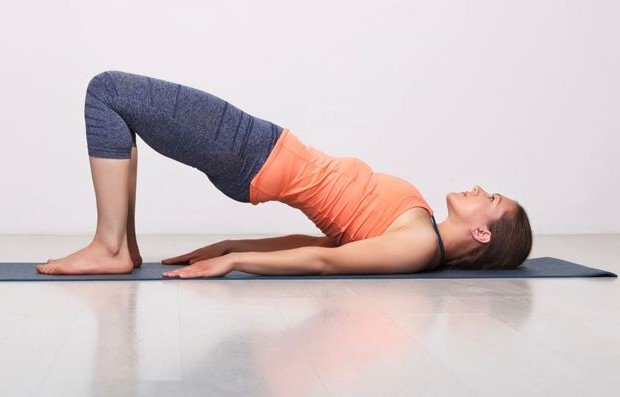
3️⃣ Eights of the pelvis
We are talking about the maximum eights by hips in both directions with a fixed upper body. There are ways to do this: just standing straight or pressing the shoulder blades against the wall.
4️⃣ Tightening the abdomen.
The special pleasure of this exercise is that it can be performed anywhere, anytime and in any position. All you need to do is pull in the navel as much as possible synchronously with the exhale and relax the abdomen with the inhale.
How to implement sports in your life?
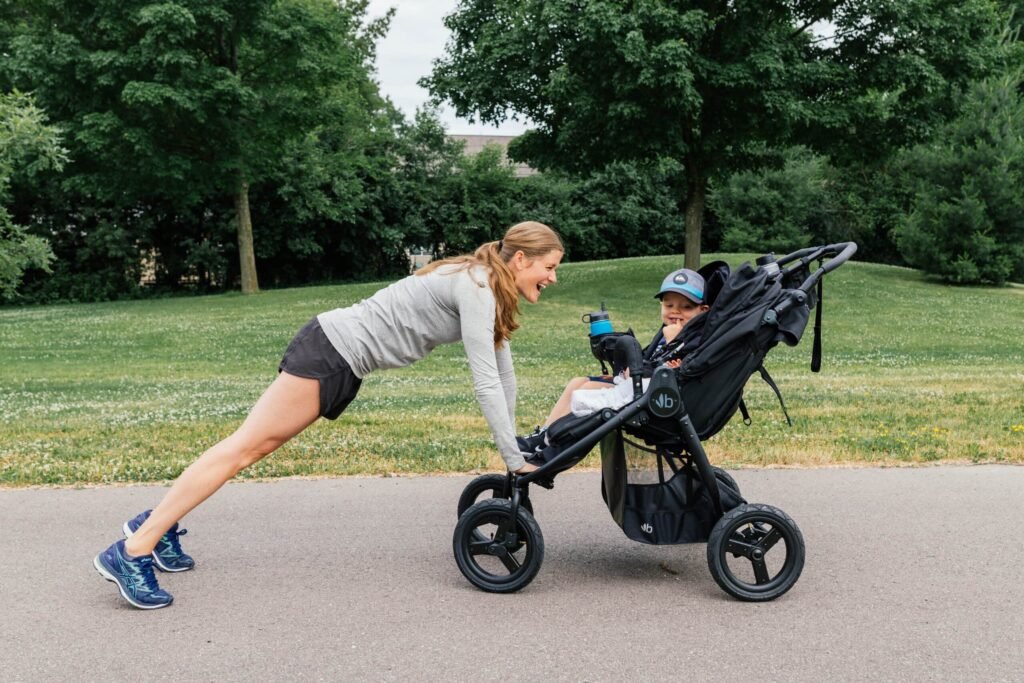
People are not able to introduce sports into their lives. I understand this perfectly, because I’ve been there too. One thing helps – to decide that you need it, writing down somewhere on the subcortex, that it feels good after sports. And even during. It’s just an integral part of good physical and mental well-being. And one more thing – to understand that sport is movement, which means that a good walk, kitchen dances and football with a child are also it. And the last thing: if you want to do it more seriously but there is no one to leave the child with, just enroll in a course – having a date, the brain is more effective in finding solutions where to take the child. In the end, it may be an online course, but it already has its own rules of survival 🙂.
It’s said that the habit is formed in 21 days. I really like this theory, but scientists say it’s not true. It takes 66 days to form a habit, and it takes 254 days to bring it to full automatism. Everything, of course, is relative, but there’s a research behind this) From own experience I can also confirm that. After 21 days you feel so confident that you can eat a cake, and after the cake another cake, and skip training 🥳, but if you continue to exercise for more than 2 months, you don’t have to remind yourself of this.

